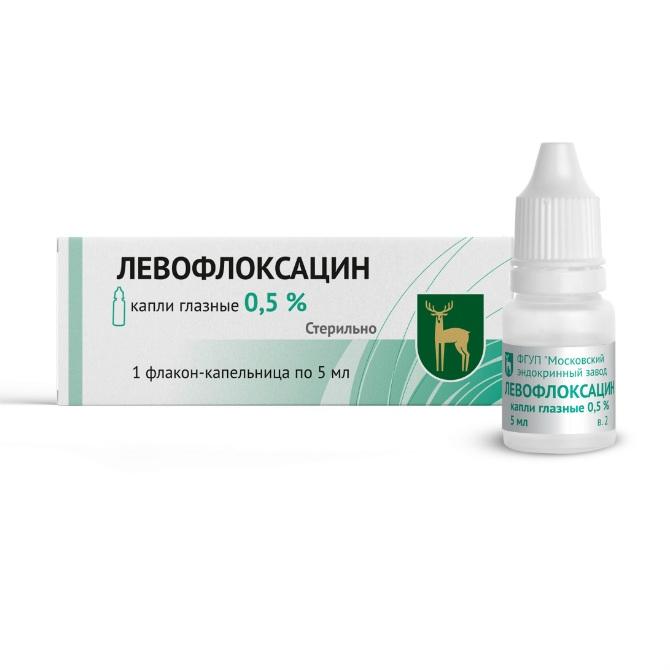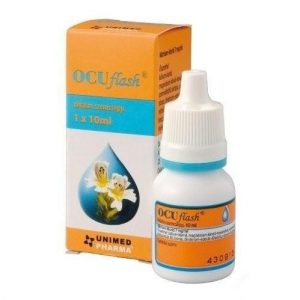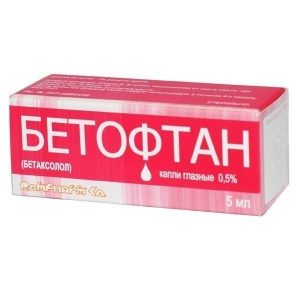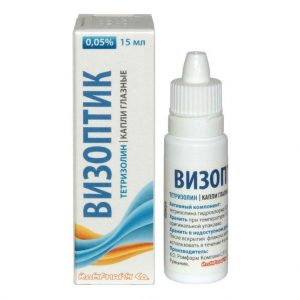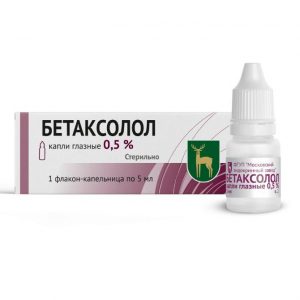Description
Pharmacological action
Pharmacodynamics
Broad-spectrum antimicrobial agent, fluoroquinolone. It is bactericidal. It blocks DNA gyrase (topoisomerase II) and topoisomerase IV, disrupts supercoiling and cross-linking of DNA breaks, inhibits DNA synthesis, and causes deep morphological changes in the cytoplasm, cell wall and membranes.
Active against Enterococcus faecalis, Staphylococcus aureus, Staphylococcus epidermidis, Streptococcus pneumoniae, Streptococcus pyogenes and Streptococcus agalactiae, Viridans group streptococci, Enterobacter clobaceromezobacteraeobacteromezobacteraeobacteromes Haemophilus parainfluenzae, Klebsiella pneumoniae, Klebsiella oxytoca, Legionella pneumoniae, Moraxella catarrhalis, Proteus mirabilis, Pseudomonas aeruginosa, Pseudomonas fluorescens, Chlamydia pneumoniae, Mycoplasma pneumoniae, Acinetobacter anitratus, Acinetobacter baumannii, Acinetobacter calcoaceticus, Bordetella pertussis, Citrobacter diversus, Citrobacter freundii, Morganella morganii , Proteus vulgaris, Providencia rettgeri, Providcncia stuartii, Serratia marcescens, Clostridium perfringens.
Pharmacokinetics
When taken orally, it is absorbed from the gastrointestinal tract quickly and almost completely. Eating little effect on the speed and completeness of absorption. Bioavailability is 99%. Cmax is reached after 1-2 hours and when taken with 250 mg and 500 mg is 2.8 and 5.2 Ñg / ml, respectively.
Binding to plasma proteins – 30-40%. It penetrates well into organs and tissues: lungs, mucous membrane of the bronchi, sputum, organs of the genitourinary system, polymorphonuclear leukocytes, alveolar macrophages. In the liver, a small portion is oxidized and / or deacetylated. Renal clearance is 70% of the total clearance.
T1 / 2 – 6-8 hours. It is excreted mainly by the kidneys by glomerular filtration and tubular secretion. Less than 5% of levofloxacin is excreted as metabolites.
Unchanged in the urine within 24 hours, 70% is excreted and in 48 hours – 87% in feces within 72 hours, 4% of the inside dose is found. After iv infusion of 500 mg for 60 min Cmax – 6.2 Ñg / ml. With the on / in single and multiple administration, the apparent Vd after administration of the same dose is 89-112 L, Cmax – 6.2 Ñg / ml, T1 / 2 – 6.4 hours
Indications
– treatment of superficial bacterial infections of the eye caused by susceptible microorganisms in adults and children older than 1 year
– prevention of complications after surgical and laser operations on the eye.
Contraindications
Hypersensitivity, epilepsy, tendon damage with previous treatment with quinolones, pregnancy, lactation, children and adolescents under 18 years.
Special instructions
The drug cannot be administered subconjunctivally and into the anterior chamber of the eye.
The drug should not be used while wearing hydrophilic (soft) contact lenses due to the presence of a preservative benzalkonium chloride, which can be absorbed by contact lenses and adversely affect the tissues of the eye, and also cause discoloration of contact lenses. To avoid contamination of the tip of the dropper and solution, when instilling, do not touch the eyelids and tissues around the eye.
With prolonged treatment with levofloxacin (like other antibiotics), excessive growth of insensitive microorganisms, including fungal flora, is possible. If the disease progresses or there is no improvement when using levofloxacin, it is necessary to cancel levofloxacin therapy and switch to antibiotic therapy of other groups, with an extended ophthalmological examination, including biomicroscopy and fluorescein test.
Information on the efficacy and safety of levofloxacin in the treatment of corneal ulcers is not available. In clinical studies, no formation of corneal precipitates was noted.
Effect on the ability to drive vehicles, mechanisms:
the drug does not significantly affect the ability to drive vehicles, mechanisms. Immediately after instillation, temporary blurring of vision is possible.
It is not recommended to drive vehicles and engage in other potentially dangerous activities that require an increased concentration of attention and speed of psychomotor reactions until the visual clarity is restored.
Dosage and Administration
Locally, in the affected eye.
The duration of treatment is determined by the severity of the condition, its clinical and bacteriological features. The average duration of a course of therapy is 5 days.
1-2 drops in the affected eye (a) every two hours up to 8 times a day during wakefulness for the first 2 days, then four times a day from 3 to 5 days.
When using several drugs, the interval between their instillations should be at least 15 minutes.
Side effects
The incidence of adverse reactions during levofloxacin therapy was about 10%.
Most often, the severity of adverse reactions ranged from mild to moderate severity, adverse reactions were noted mainly from the organ of vision.
Adverse events reported during clinical trials and post-registration use.
Immune system disorders: rarely (more than 1/10000, but less than 1/1000) – systemic allergic reactions, including a skin rash very rarely (less than 1/10000) – anaphylactic shock.
Disorders of the nervous system: infrequently (more than 1/1000, but less than 1/100) – headache.
Disorders of the organ of vision: often (more than 1/100, but less than 1/10) – burning in the eye, decreased vision, filamentous mucous discharge in the conjunctival cavity infrequently (more than 1/1000, but less than 1/100) – chemosis, conjunctival injection, papillary conjunctivitis, edema of the eyelids, erythema of the eyelids, discomfort in eye, itching in the eye, pain in the eye, dry eye syndrome, photophobia.
Disorders of the respiratory system, chest and mediastinum: infrequently (more than 1/1000, but less than 1/100) – rhinitis is very rare (less than 1/10000) – swelling of the larynx.
The profile of adverse events when using the drug in the pediatric population is comparable to the adult population.
If any of the side effects indicated in the instructions are aggravated, or you notice any other side effects not listed in the instructions, inform your doctor.
Storage conditions
Store in a dark place out of the reach of children, at a temperature not exceeding 15 ° C for the drug in a dropper tube.
Store in a dark place, out of the reach of children, at a temperature not exceeding 25 ° C for the drug in a dropper bottle.
Active ingredient
Levofloxacin
lekarstvennaja form
Drops hlazn e
